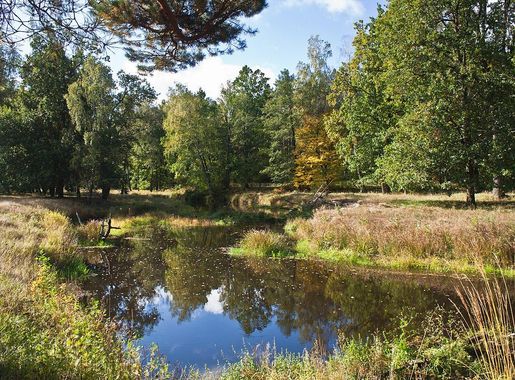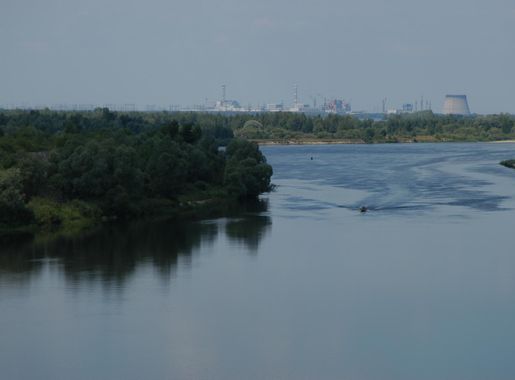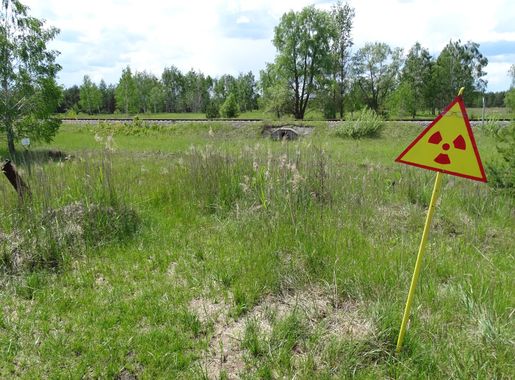
The Enigmatic Prypiat Marshes of Ukraine
Explore the vast and mysterious Prypiat Marshes in Ukraine, a haven for wildlife and nature lovers, offering stunning views and rich biodiversity.
The Prypiat Marshes, also known as the Pinsk Marshes, stretch across a vast area in Ukraine and Belarus. This unique wetland is one of the largest in Europe and offers a sanctuary for wildlife and a haven for nature lovers. The marshes are a labyrinth of swamps, rivers, and lakes, creating a mysterious and enchanting landscape that feels worlds away from the hustle and bustle of modern life. Visitors to the Prypiat Marshes can expect to see an abundance of flora and fauna. Bird watchers will be particularly thrilled with the variety of species, from majestic eagles to graceful storks. The marshes are also home to several endangered species, making it a vital area for conservation efforts. For those interested in botany, the marshes offer a rich tapestry of plant life, including rare and medicinal plants. Exploring the Prypiat Marshes can be an adventure in itself. Guided boat tours and hiking paths provide safe ways to navigate the wetlands, offering stunning views and close encounters with nature. The area is steeped in history and folklore, adding an extra layer of intrigue to your visit. Whether you're a seasoned explorer or a curious traveler, the Prypiat Marshes promise an unforgettable experience.
Local tips in Prypiat Marshes
- Bring waterproof clothing and footwear, as the marshes can be quite wet and muddy.
- Hire a local guide for a safer and more informative experience.
- Best visited during late spring or early summer when the weather is mild and wildlife is most active.
- Pack insect repellent to protect yourself from mosquitoes and other insects.
- Carry binoculars and a camera to capture the diverse wildlife and scenic views.
The Enigmatic Prypiat Marshes of Ukraine
The Prypiat Marshes, also known as the Pinsk Marshes, stretch across a vast area in Ukraine and Belarus. This unique wetland is one of the largest in Europe and offers a sanctuary for wildlife and a haven for nature lovers. The marshes are a labyrinth of swamps, rivers, and lakes, creating a mysterious and enchanting landscape that feels worlds away from the hustle and bustle of modern life. Visitors to the Prypiat Marshes can expect to see an abundance of flora and fauna. Bird watchers will be particularly thrilled with the variety of species, from majestic eagles to graceful storks. The marshes are also home to several endangered species, making it a vital area for conservation efforts. For those interested in botany, the marshes offer a rich tapestry of plant life, including rare and medicinal plants. Exploring the Prypiat Marshes can be an adventure in itself. Guided boat tours and hiking paths provide safe ways to navigate the wetlands, offering stunning views and close encounters with nature. The area is steeped in history and folklore, adding an extra layer of intrigue to your visit. Whether you're a seasoned explorer or a curious traveler, the Prypiat Marshes promise an unforgettable experience.
When is the best time to go to Prypiat Marshes?
Iconic landmarks you can’t miss
Monument to Those Who Saved the World
Explore the Monument to Those Who Saved the World in Chornobyl, a poignant tribute to courage and sacrifice during the Chernobyl disaster.
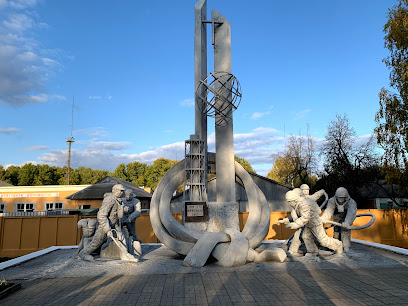
Chernobyl Observation Deck
Discover the haunting beauty and historical significance of the Chernobyl Observation Deck, a poignant reminder of the past amidst a reclaiming nature.
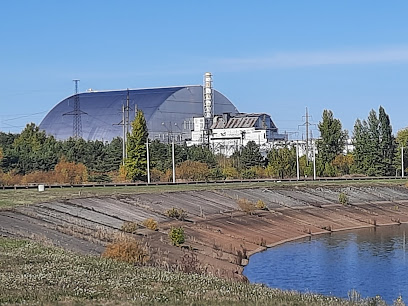
Pripiat-Stokhid National Park
Explore the breathtaking landscapes and rich biodiversity of Pripiat-Stokhid National Park, a serene escape for nature lovers in Ukraine.
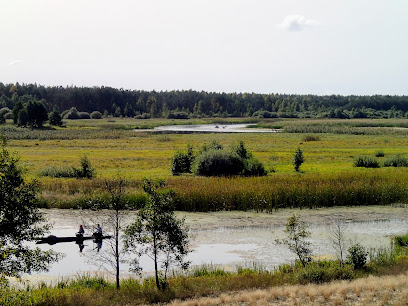
Mist Cherez Vodoymu-Okholodzhuvach Chaes
Explore the historical bridge of Mist Cherez Vodoymu-Okholodzhuvach Chaes in Kyiv Oblast, a serene location blending nature, history, and stunning views.
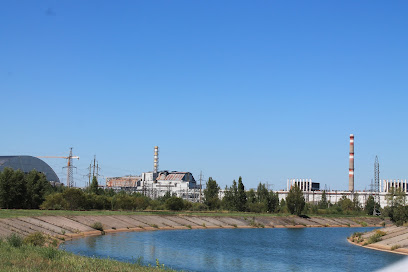
Pinsk Marshes
Discover the enchanting Pinsk Marshes in Volyn Oblast, a unique wetland rich in biodiversity and cultural heritage, perfect for nature lovers and adventurers alike.

Unmissable attractions to see
Monument to Those Who Saved the World
Discover the Monument to Those Who Saved the World in Chornobyl, a powerful tribute to bravery and resilience amidst the haunting backdrop of history.
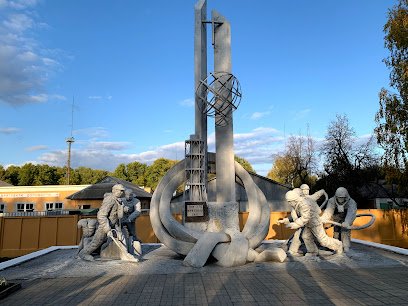
Pripiat-Stokhid National Park
Explore the pristine nature and rich biodiversity of Pripiat-Stokhid National Park, a hidden gem in Ukraine for outdoor enthusiasts.
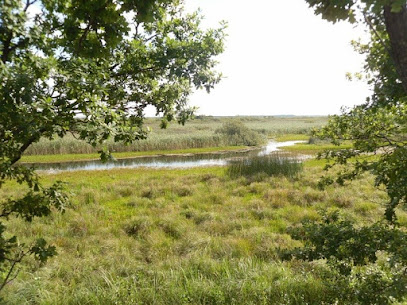
Optimistic Cave
Discover the stunning beauty of Optimistic Cave, a hidden gem in Ternopil Oblast, filled with breathtaking formations and rich geological history.
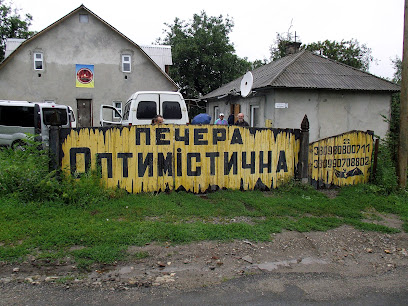
Prometheus
Unearth the haunting history of Prometheus in Pryp'yat', a poignant monument capturing the essence of resilience amidst tragedy.
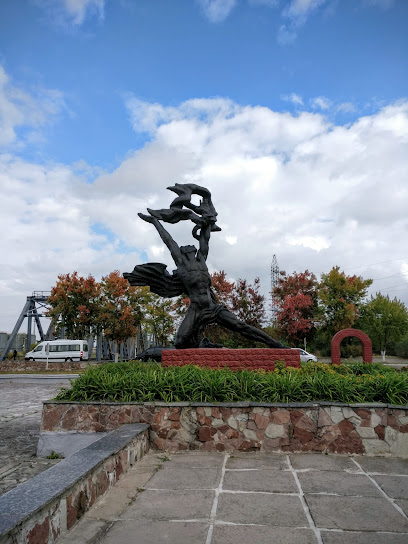
Bezdzezhskiye fartushki
Discover the enchanting Bezdzezhskiye Fartushki Museum in Belarus, where local history and culture come alive through captivating exhibits.
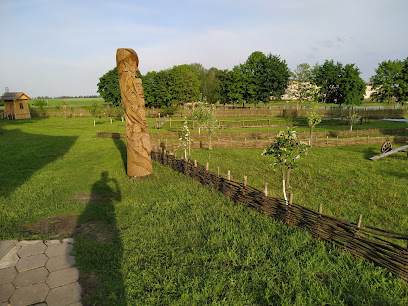
Azure Swimming Pool
Explore the hauntingly beautiful Azure Swimming Pool in Pryp'yat'—a poignant relic of the past amidst the shadows of the Chernobyl disaster.
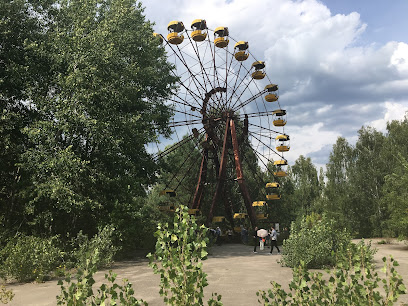
Mist Cherez Vodoymu-Okholodzhuvach Chaes
Experience the history and beauty of Mist Cherez Vodoymu-Okholodzhuvach Chaes, a stunning bridge in Kyiv Oblast that captures the essence of Ukrainian heritage.
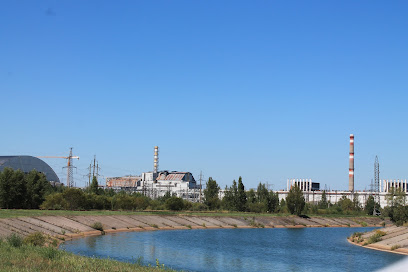
Portovi Krany
Explore Portovi Krany, a serene tourist attraction in Kyiv Oblast, where nature meets culture in a picturesque Ukrainian setting.
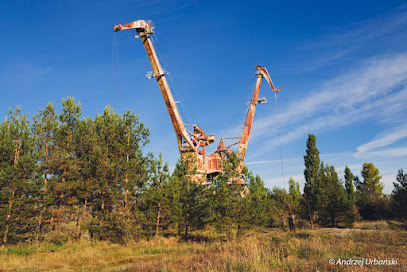
Pryp'yatʹ
Explore the haunting remnants of Pryp'yat', a ghost town in Ukraine that tells a powerful story of history and the aftermath of the Chernobyl disaster.

Usad'ba Visloukhov
Explore Usad'ba Visloukhov, a picturesque estate in Brest Region, Belarus, offering a perfect blend of nature, culture, and history.
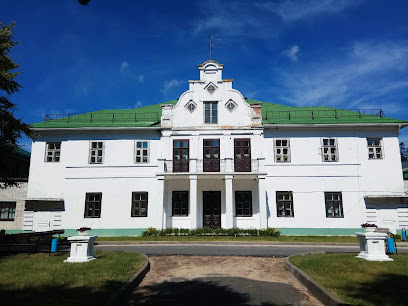
Мемориальный комплекс «Дремлево»
Explore the Memorial Complex ‘Dremlevo’ in Belarus, a serene tribute to history offering insights into the nation's rich cultural heritage.
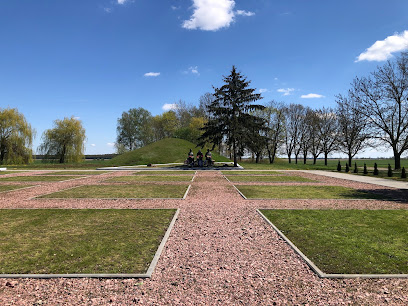
Надмагілле Міцкевічаў
Explore Nadmagiĺle Micievichau, a historical landmark in Kobryn, Belarus, rich with culture and captivating stories waiting to be uncovered.
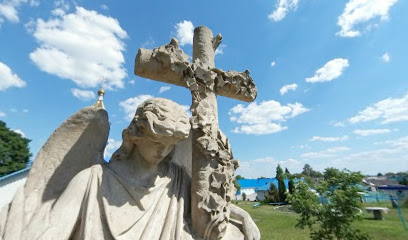
Pripyatsky National Park, Belarus
Explore the breathtaking landscapes and rich biodiversity of Pripyatsky National Park, a true natural wonder in Belarus.
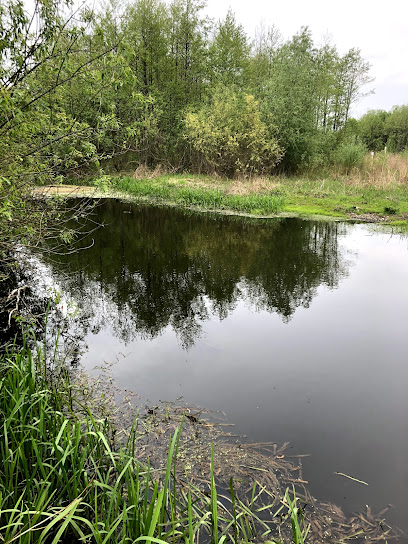
Pinsk Marshes
Explore the enchanting Pinsk Marshes in Volyn Oblast, a serene natural paradise perfect for adventure and relaxation amidst breathtaking landscapes.

Khutir Holyky
Explore the serene beauty and cultural heritage of Khutir Holyky in Volyn Oblast, a perfect escape for nature lovers and peace seekers.
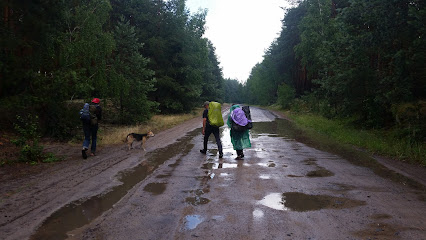
Markets, malls and hidden boutiques
Pripiat-Stokhid National Park
Discover the breathtaking landscapes and rich biodiversity of Pripiat-Stokhid National Park, a natural gem in Ukraine perfect for outdoor adventures.
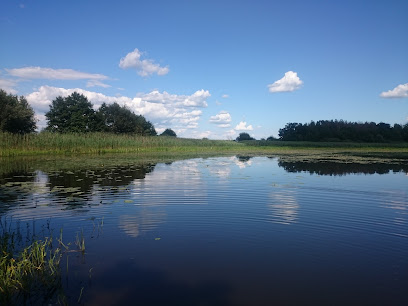
Anastasiya
Visit Anastasiya grocery store in Mezhysyt' for local produce and authentic Ukrainian snacks, perfect for every traveler.
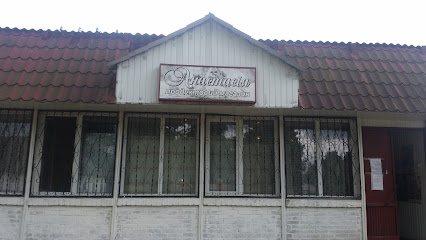
Piknik Na Uzbichchi
Explore Chornobyl's culinary delights at Piknik Na Uzbichchi, your local grocery store offering fresh produce and unique souvenirs.
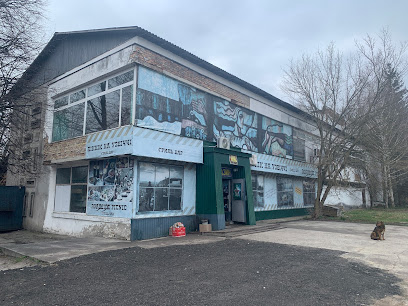
Tson-Aylend
Explore Tson-Aylend in Vorokomle – a charming store and rest stop offering local delights for every traveler in Volyn Oblast.

Pinsk Marshes
Explore the serene beauty of Pinsk Marshes in Volyn Oblast, a lush wetland paradise for nature lovers and adventure seekers.

Family market
Discover the vibrant Family Market in Kamin'-Kashyrs'kyi, where local flavors and cultural experiences blend for an unforgettable visit.

Traktorni Zapchastyny
Discover the charm of Traktorni Zapchastyny, a unique general store in Kamin'-Kashyrs'kyi offering local treasures and essentials.

Essential bars & hidden hideouts
PR BAR
Experience the lively ambiance and diverse drink selection at PR BAR in Nuino, Volyn Oblast, a must-visit for nightlife enthusiasts.

Pub Viking
Discover Pub Viking in Krymne: a cozy bar offering local drinks, delicious snacks, and a welcoming atmosphere in the heart of Volyn Oblast.
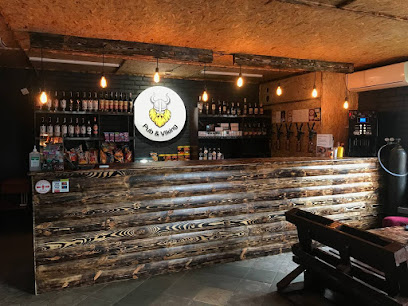
BallBar.by
Discover the vibrant cocktail culture at BallBar.by in Pinsk, offering innovative drinks and a lively atmosphere for an unforgettable night out.

Roksolana
Discover the vibrant atmosphere of Roksolana, a local bar in Zamshany, offering a taste of Ukrainian culture and delightful beverages.
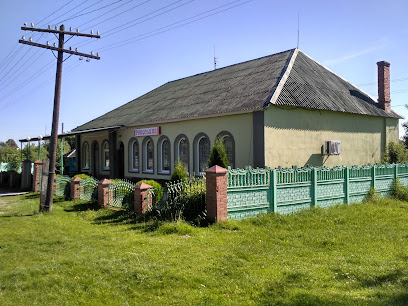
Turiya
Experience the cozy charm of Turiya, a delightful bar in Velymche, where locals and travelers gather to enjoy drinks in a picturesque setting.

Pinsk Marshes
Explore the Pinsk Marshes in Volyn Oblast: a serene lake paradise teeming with wildlife, stunning landscapes, and rich cultural experiences.

Bar Kris
Discover Bar Kris in Rakitnitsa, a cozy bar offering a taste of local flavors and warm Belarusian hospitality in the heart of the Brest Region.
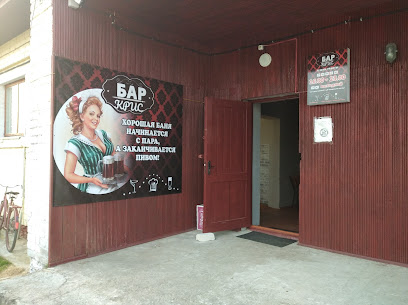
Berizka
Discover Berizka, a charming bar in Zhyrychi, offering local drinks and a cozy atmosphere in the heart of Volyn Oblast.
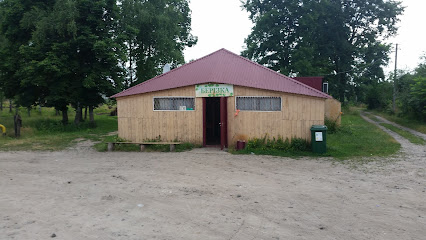
Mynulyy Dim Bahratʹnovicha
Experience the warmth of Ukrainian hospitality at Mynulyy Dim Bahratʹnovicha, a charming bar in Volyn Oblast offering a delightful selection of beverages.

Khata Tarasa
Experience the rustic charm of Khata Tarasa, a cozy bar in Mizhhaitsi, Volyn Oblast, where locals gather to unwind and enjoy delightful drinks.

Бар
Experience local hospitality at its finest in Soshychne's cozy bar, serving delightful drinks in a warm atmosphere.

Hrylʹ Bar
Discover the charm of Hrylʹ Bar in Pidtsyr'ya - a cozy spot for the best local drinks and a vibrant atmosphere.

Sap
Discover the cozy ambiance of Sap, a hidden bar in Rakiv Lis, where local flavors and refreshing drinks create the perfect retreat.

Bar
Experience the vibrant nightlife at this charming bar in Kamin'-Kashyrs'kyi, where local drinks and a friendly atmosphere await every visitor.

Kalambur
Experience the vibrant local culture at Kalambur, a charming bar in Volyn Oblast, where friendly service meets traditional flavors.

Local Phrases about Prypiat Marshes
-
- HelloПрывітанне
[Pryvitannie] - GoodbyeДа пабачэння
[Da pabachennia] - YesТак
[Tak] - NoНе
[Nye] - Please/You're welcomeКалі ласка
[Kali laska] - Thank youДзякуй
[Dziakuy] - Excuse me/SorryПрабачце
[Prabachcie] - How are you?Як справы?
[Yak spravy?] - Fine. And you?Добра. А вас?
[Dobra. A vas?] - Do you speak English?Вы размаўляеце па-англійску?
[Vy razmawliaietsie pa-angliisku?] - I don't understandЯ не разумею
[Ya ne razumeyu]
- HelloПрывітанне
-
- I'd like to see the menu, pleaseЯ б хацеў паглядзець меню, калі ласка
[Ya b khatseu pagliadzets meniu, kali laska] - I don't eat meatЯ не ем мяса
[Ya ne yem myasa] - Cheers!Будзьмо!
[Budzmo!] - I would like to pay, pleaseЯ хацеў бы аплаціць, калі ласка
[Ya khatseu bi aplatsits, kali laska]
- I'd like to see the menu, pleaseЯ б хацеў паглядзець меню, калі ласка
-
- Help!Дапамажыце!
[Dapamazhytsie!] - Go away!Адыць!
[Adits!] - Call the Police!Выклікайце міліцыю!
[Vyklіkaitsie milіtsіu!] - Call a doctor!Выклікайце лекара!
[Vyklіkaitsie lekara!] - I'm lostЯ загубіўся
[Ya zahubiŭsia] - I'm illМне пачуцця пагана
[Mne pachutsia pahana]
- Help!Дапамажыце!
-
- I'd like to buy...Я б хацеў купіць...
[Ya b khatseu kupits...] - I'm just lookingЯ проста гляджу
[Ya prosta hliadzhu] - How much is it?Цім дорага?
[Tim doraha?] - That's too expensiveГэта занадта дорага
[Heta zanadta doraha] - Can you lower the price?Ці можна цану панізіць?
[Ti mozhna tsanu panizits?]
- I'd like to buy...Я б хацеў купіць...
-
- What time is it?Колькі гадзін?
[Kolki hadzin?] - It's one o'clockГэта адна гадзіна
[Heta adna hadzina] - Half past (10)Паў на (10)
[Paŭ na (10)] - MorningРаніца
[Ranitsa] - AfternoonДня
[Dnia] - EveningВечар
[Viechar] - YesterdayУчора
[Uchora] - TodayСёння
[Siennia] - TomorrowЗаўтра
[Zautra] - 1Адзін
[Adzin] - 2Два
[Dva] - 3Тры
[Try] - 4Чатыры
[Chatyry] - 5Пяць
[Piatz] - 6Шэсць
[Shiesc] - 7Сем
[Siem] - 8Восем
[Vosiem] - 9Дзевят
[Dzieviat] - 10Дзесяць
[Dziestz]
- What time is it?Колькі гадзін?
-
- Where's a/the...?Дзе знаходзіцца...?
[Dzie znakhodzitsia...?] - What's the address?Які адрас?
[Yaki adres?] - Can you show me (on the map)?Ці можаце вы мне паказаць (на мапе)?
[Ti mozhatse vy mne pakazats (na mape)?] - When's the next (bus)?Калі наступны (автобус)?
[Kali nastupny (autobus)?] - A ticket (to ....)Квіток (да ....)
[Kvitok (da ....)]
- Where's a/the...?Дзе знаходзіцца...?
History of Prypiat Marshes
-
The Prypiat Marshes, also known as the Pinsk Marshes, have been inhabited since prehistoric times. Archaeological finds suggest that early Slavic tribes settled in this region, utilizing the abundant water resources and fertile lands for agriculture and fishing.
-
During the medieval period, the Prypiat Marshes became part of the Kievan Rus, a federation of Slavic tribes under the rule of the Varangians. The region was an important trade route, with rivers serving as natural highways for the transportation of goods between the Baltic and Black Seas.
-
In the 16th century, the Prypiat Marshes were incorporated into the Polish-Lithuanian Commonwealth. This era saw the construction of castles and fortresses to defend against invasions. The marshes served as a natural barrier, providing protection and making the region strategically significant.
-
The Prypiat Marshes were a refuge for Cossack groups who led uprisings against Polish and Russian rule in the 17th century. The dense and difficult-to-navigate terrain provided a natural fortress for these insurgent groups, who conducted guerrilla warfare from the safety of the marshes.
-
During World War II, the Prypiat Marshes were a site of intense military activity. The marshes provided a natural obstacle that influenced German and Soviet military strategies. Partisan groups used the marshes as a base for operations against occupying forces, leveraging the difficult terrain to their advantage.
-
After World War II, the Prypiat Marshes continued to be an area of strategic and environmental importance. Efforts were made to drain parts of the marshes for agriculture, but these were met with limited success. Today, the region is recognized for its unique ecosystem, hosting a diverse range of flora and fauna.
-
The Chernobyl Nuclear Power Plant disaster in 1986 had a significant impact on the Prypiat Marshes. The marshes are located near the Chernobyl Exclusion Zone, and the region was affected by radioactive fallout. Despite this, parts of the marshes remain relatively untouched and have become a haven for wildlife.
Prypiat Marshes Essentials
-
Prypiat Marshes is located in northern Ukraine, near the border with Belarus. The nearest major city with an international airport is Kyiv, approximately 250 kilometers away. From Kyiv, you can take a train to the town of Ovruch, which is the closest railway station to the marshes. The journey by train takes around 3 to 4 hours. From Ovruch, you can hire a local taxi or arrange for a guided tour to take you into the marshes. Alternatively, you can rent a car in Kyiv and drive, which allows for more flexibility and opportunities to explore the surrounding areas.
-
Within the Prypiat Marshes, transportation options are limited. While some areas can be explored on foot, others require a boat or a four-wheel-drive vehicle due to the marshy terrain. Local guides can offer boat tours, which are highly recommended for navigating the waterways. If you plan to drive, make sure your vehicle is suitable for off-road conditions. Public transport within the marshes is virtually non-existent, so planning ahead and arranging for transportation in advance is crucial.
-
The official currency in Ukraine is the Ukrainian Hryvnia (UAH). Credit cards are accepted in larger towns and cities, but in rural areas like the Prypiat Marshes, it is advisable to carry cash. ATMs are available in towns like Ovruch, but they may be scarce within the marshes themselves. Make sure to withdraw sufficient cash before heading into the more remote areas.
-
The Prypiat Marshes are generally safe for tourists, but it's crucial to take standard precautions. The area is relatively remote, so avoiding walking alone at night is advisable. There are no specific high-crime areas targeting tourists, but be aware of your surroundings and keep an eye on your belongings. Additionally, some parts of the marshes can be challenging to navigate, so hiring a local guide is recommended for safety.
-
In case of an emergency, dial 103 for medical emergencies and 102 for the police. Given the remote nature of the Prypiat Marshes, having travel insurance that covers medical emergencies and evacuation is highly recommended. The nearest medical facilities are in towns like Ovruch and Kyiv. For minor health issues, local pharmacies in these towns can provide over-the-counter medications.
-
Fashion: Do dress in layers and wear waterproof clothing, as the marshes can be wet and muddy. Avoid wearing flashy or revealing clothing. Religion: Do respect local religious customs if visiting any nearby churches or religious sites. Always dress modestly and cover your head when required. Public Transport: Public transport is limited, so do arrange for private transportation. Don't rely on public transport within the marshes. Greetings: Do greet locals with a friendly smile and a handshake. Learning a few basic Ukrainian phrases can go a long way. Eating & Drinking: Do try local dishes and accept food offerings graciously. Don't refuse hospitality, as it is considered impolite.
-
To experience the Prypiat Marshes like a local, visit during the spring or autumn when the weather is mild, and the wildlife is most active. Engage with local guides who can offer insights into the area's rich history and biodiversity. Don't miss the opportunity to take a boat tour, which provides a unique perspective of the marshes. Birdwatching is a popular activity, so bringing binoculars is recommended. For an authentic experience, consider staying in local guesthouses or homestays, which offer a glimpse into the traditional way of life.
Nearby Cities to Prypiat Marshes
-
Things To Do in Lublin
-
Things To Do in Bialystok
-
Things To Do in Lviv
-
Things To Do in Ternopil
-
Things To Do in Radom
-
Things To Do in Warsaw
-
Things To Do in Rzeszow
-
Things To Do in Suwalki
-
Things To Do in Khmelnytskyi
-
Things To Do in Kielce
-
Things To Do in Vilnius
-
Things To Do in Ivano-Frankivsk
-
Things To Do in Marijampolė
-
Things To Do in Tarnow
-
Things To Do in Kaunas


